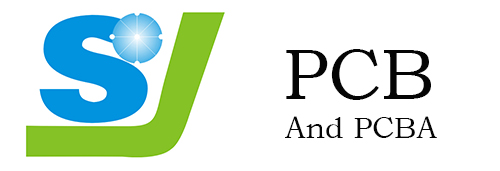1. For the connection of the above 3 points, try to let the line pass through each point in order to facilitate the test, and the length of the line should be as short as possible.
2. Try not to put wires between the pins, especially between and around the integrated circuit pins.
3. The lines between different layers should not be parallel as far as possible, so as not to form actual capacitance.
4. The wiring should be straight line or 45-degree broken line as much as possible to avoid electromagnetic radiation.
5. The ground wire and power wire should be at least 10-15mil above (for logic circuits).
6. Try to connect the ground polylines together to increase the grounding area. Be as neat as possible between the lines.
7. When installing, inserting and soldering, pay attention to the uniform discharge of electronic components. The characters are arranged on the current character layer, and the position is reasonable. Pay attention to the direction, avoid being blocked, and facilitate production.
8. When discharging components, the structure should be considered. The positive and negative poles of SMD components should be marked at the end of the package to avoid space conflicts.
9. At present, printed boards can be used for 4-5mil wiring, but usually 6mil line width, 8mil line spacing, and 12/20mil pads. Wiring should consider the influence of sink current, etc.
10. The functional block components should be placed together as much as possible, and the components near the LCD such as zebra strips should not be too close.
11. The via hole should be painted with green oil (set to negative double value).
12. It is best not to place soldering pads or space under the battery holder, and the size of PAD and VIL is reasonable.
13. After wiring, carefully check whether each connecting line (including netlable) is really connected (lighting can be used).
14. The oscillating circuit components should be as close to the IC as possible, and the oscillating circuit should be as far away as possible from the antenna and other vulnerable areas. The ground pad should be placed under the crystal oscillator.
15. More consideration should be given to various methods such as reinforcement and hollowing out components to avoid excessive radiation sources.
16. Design process:
A: Design schematic diagram;
B: confirm the principle;
C: Check whether the electrical connection is complete;
D: Check whether all components are packaged and whether the size is correct;
E: place components;
F: Check whether the component position is reasonable (can print 1:1 picture comparison);
G: Ground wire and power wire can be arranged first;
H: Check whether there are flying wires (you can turn off other layers except the flying wire layer);
l: Optimizing wiring;
J: Check the wiring integrity again;
K: Compare the network list to check for any omissions;
L: Rule verification, whether there are any wrong labels that should not be;
M: Arranging text descriptions;
N: Add the iconic text description of the board;
O: comprehensive inspection

